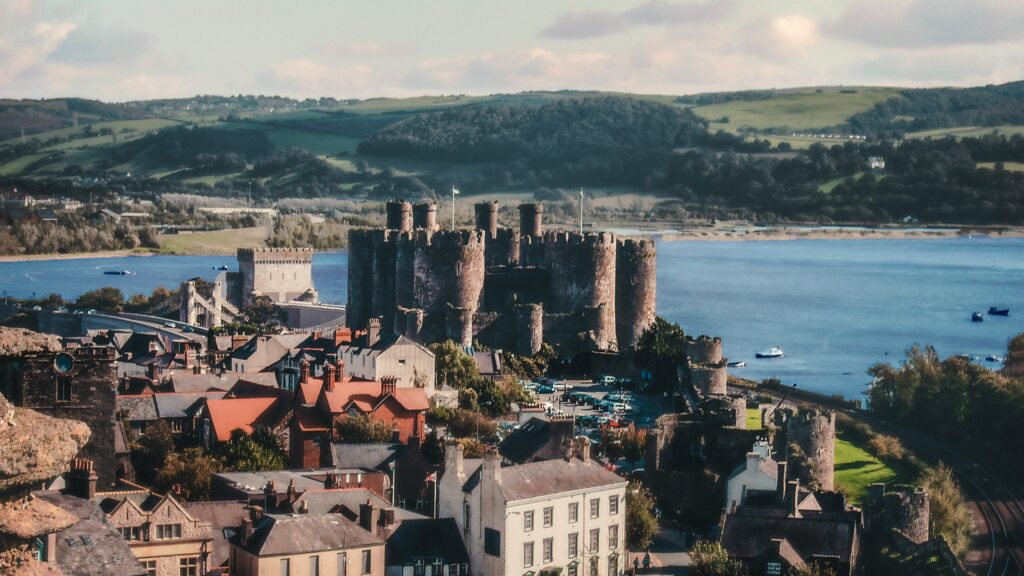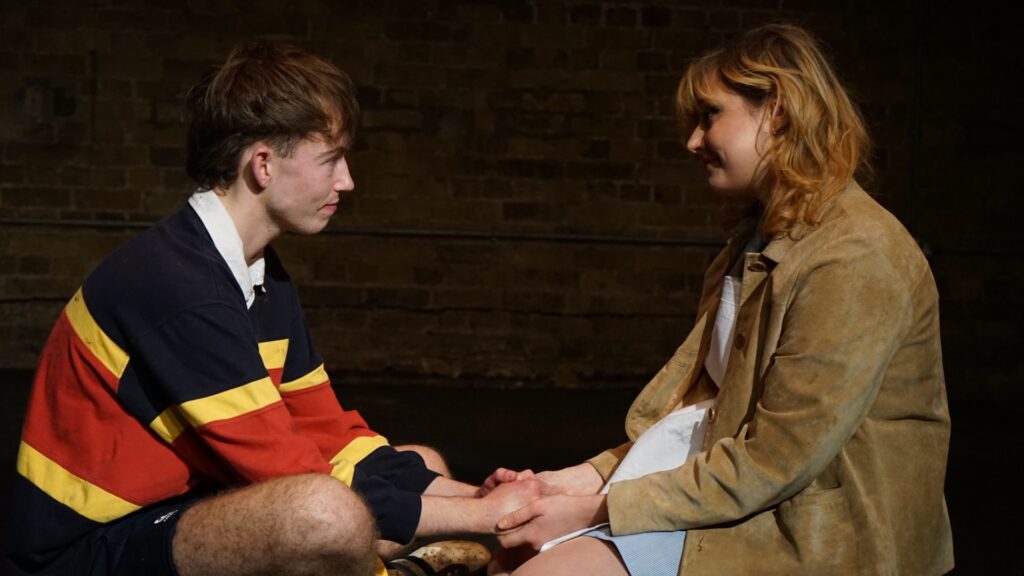Trevor Fishlock reports on the extraordinary survival of an invented tradition
As genial as he is erudite, Tom Lloyd of Pembrokeshire is one of the five men in England and Wales officially classed as extraordinary. In the hierarchy of heraldry the senior officers of the College of Arms in London work full-time and their status is classed as ordinary. Others are consultants appointed as honorary and unpaid heralds – that is, as extraordinaries.
Since August of last year Tom Lloyd has been the Wales Herald Extraordinary. You may have glimpsed him in the flesh, or on television at the royal opening of the Senedd. On such ceremonial occasions he walks in procession wearing a black velvet Tudor cap, breeches, elegant black tights and buckled shoes, a white stave of office in his hand.
The distinctive glory of his get-up is the tabard, a short coat of medieval origin. Such is its weight he needs a temporary Jeeves to help him put it on. Front and back it is a dazzle of scarlet, gold and blue, adorned with heraldic lions and richly furnished with gold wire. A story relates that heralds at a state ceremony sat so closely together that their gold-wired tabards tangled and stitched them one to another. They had to shuffle out like a chain gang to be freed.
Few writers resist noting that a herald in his tabard is a playing card on legs. But the presence of the Wales Herald Extraordinary in full fig in the Senedd says something about the remarkable persistence of heraldry. An arcane art, a language, an identity system, a storyteller and a practice with medieval roots, it does more than survive in the 21st Century, it positively flourishes. It is bound to be irritating to some, but it’s an old magic.
In the Senedd we see another example of pageantry’s power and adaptability. The Queen arrives with the Duke of Edinburgh and the Prince of Wales and opens proceedings with appropriate ritual. The Wales Herald Extraordinary is there to form a bridge between old and new. A tradition is invented before our eyes.
Tom Lloyd’s tabard was made originally for the first Wales Herald, Major Francis Jones, who was appointed in 1963 in anticipation of the investiture of the Prince of Wales six years later. That was only the second investiture ever held in Wales. The first was in 1911. Before that, Victorian and Edwardian royalty rarely visited Wales.
However, Wales itself, in its growing sense of nationhood, responded to its need for pageantry and ceremony in its own way. The modern eisteddfod became a tradition complete with robes, regalia, crowns and thrones, poet-princes, music and a beloved anthem. University, library and museum were part of the same national flowering.
Tom Lloyd sees modest Senedd ceremony as an expression of pride. “Heraldry helps to preserve a memory of Wales which had a long and independent history,” he says. “It tells wonderful stories and is part of our culture and sophistication.” At 56 he is a devoted history man, steeped in architecture and the stories of historical buildings, a contributor to the Pevsner Buildings of Wales series, author of The Lost Houses of Wales, and currently High Sheriff of Dyfed.
As a storehouse of Welsh history and heraldic knowledge he works closely with the College of Arms, founded in 1484. Thomas Woodcock, Garter King of Arms, the principal herald, told me, “We are technically part of the royal household but we’ve not had a pay rise since 1618. We don’t cost the country anything because we are self-supporting on the fees from new grants of arms.
“So we have a vested interest in social change. If the same families remained prominent from generation to generation there would be no business for us. But there has always been a tremendous social mobility – as our records show. And we need 120 grants of arms a year to pay our way.”
A coat of arms for a male peer costs £4,400. A woman pays just over £3,000 because her arms are simpler. A peer also pays extra for supporters, the heraldic figures or beasts holding his shield. During his consultations with new peers Mr Woodcock tries to steer them away from illustrating their arms with anything that would date quickly, a computer for example.
A coat of arms is unique. Tom Lloyd agrees that it is a bit of showing-off, but believes strongly that it is there to be enjoyed as a part of family history. Heraldry is rooted in the bloody scrums of medieval warfare, in the badges and banners which enabled soldiers to tell friend from foe. Armoured knights adopted brilliant symbols and designs for their shields and clothing as identity cards. Heralds, the messengers and diplomats between opposing armies, identified dead knights by their insignia.
Between wars heralds administered jousting tournaments, the popular and highly dangerous extreme sport of medieval knights. They registered each man’s coat of arms and ensured that it was unique. Sir Rhys ap Thomas staged the last great tournament at Carew castle in 1507, a five-day bash and a farewell to the middle ages.
Tournaments passed into history but heraldry prospered. Heralds evolved into genealogists to the gentry and compiled histories and pedigrees of noble families, important records of descent and land ownership. Tom Lloyd himself has a pedigree considerably longer than his arm. His family history and changing coats of arms are inscribed on a roll of vellum made to last for centuries.
Heraldry in Wales differed from the English brand. Welsh heralds looked back to a golden age of chieftains before Wales was conquered. Those chieftains had no coats of arms, but Welsh heralds later invented arms and awarded them to the chiefs’ descendants. The result was that many Welsh families shared coats of arms, unlike the English who never shared. “It drove the London heralds mad,” Tom said.
He is currently advising on an amendment to the royal badge of Wales, used by the National Assembly since 2008. It is based on the four-lion arms of Llywelyn the Great and Llywelyn the Last. These date only from the 13th Century. The Red Dragon, the badge of Wales since 1807 and the flag of Wales since 1953, was carried by Henry Tudor. He claimed it as the flag of his supposed 7th Century ancestor Cadwaladr, ‘last king of the Britons’. And that was before heraldry was even invented.





